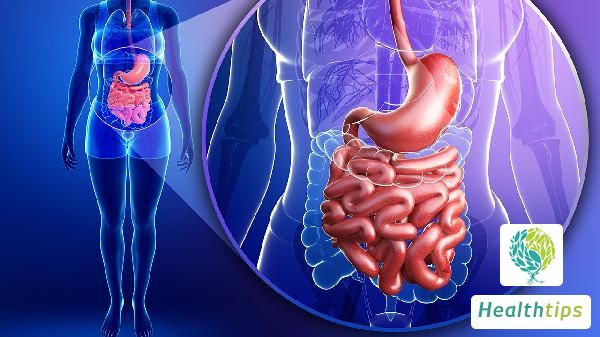"Where Are the Bleeding Points Typically Found in Leukemia?"
Bleeding Points in Leukemia Patients
Bleeding points in leukemia patients typically manifest on the skin, mucous membranes, and gums. As the patients' hematopoietic function is suppressed, leading to reduced synthesis of coagulation factors, spontaneous bleeding is prone to occur.

I. Skin
1. Pinpoint Size: Leukemia is a malignant hematological disorder that inhibits normal hematopoiesis in the bone marrow, affecting the body's overall blood production and reducing platelet count, causing coagulation dysfunction. On the skin, this can manifest as pinpoint-sized bleeding spots.
2. Grain of Rice Size: In severe cases, bleeding points may appear all over the body, symmetrically distributed, accompanied by ecchymosis and other symptoms.
II. Mucous Membranes
Leukemia patients may also experience oral mucosal ulcers, nasal or gum bleeding, primarily due to the infiltration of leukemia cells causing pathological changes.
III. Gums
Some leukemia patients exhibit gum bleeding, usually caused by leukemia cell infiltration and associated with vascular damage in periodontal tissues.
Apart from the aforementioned, patients with acute myeloid leukemia subtype M3 may not present bleeding symptoms, whereas other types of leukemia generally do. It is recommended that patients promptly seek medical attention and may be prescribed targeted therapies with medications such as Imatinib Mesylate Injection and Nilotinib Capsules under medical supervision. Chemotherapy, often involving drugs like Daunorubicin Hydrochloride Injection and Cyclophosphamide Injection, can also be used as an adjunctive treatment. For eligible patients, allogeneic hematopoietic stem cell transplantation can be considered to alleviate symptoms.



















